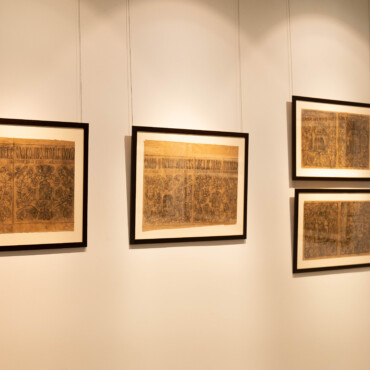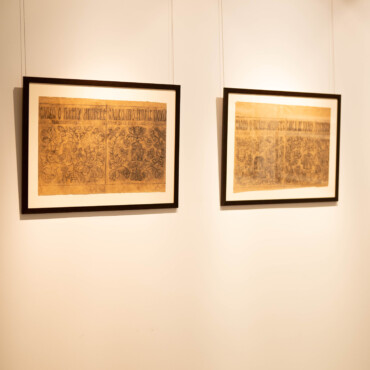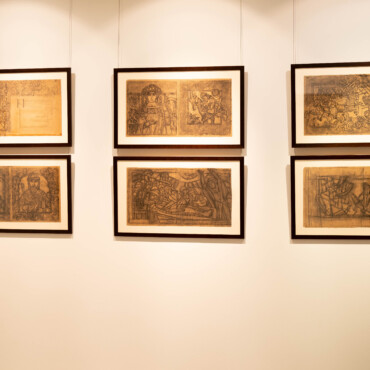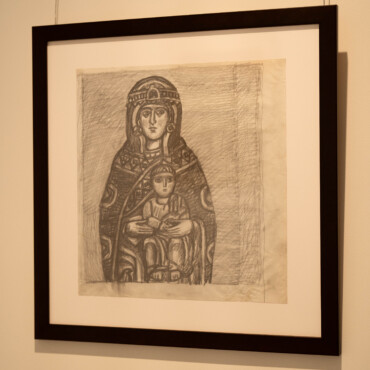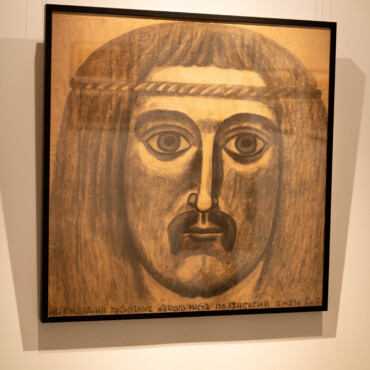
ABOUT
Ivan-Valentyn Zadorozhnyi (1921–1988) was a Ukrainian artist and a representative of the Sixtiers (Shistdesiatnyky) movement. Born in Rzhyshchiv, Kyiv region, he graduated from the Kyiv Art Institute, and studied under Kostiantyn Yeleva, Anatol Petrytskyi, and Oleksii Shovkunenko.
Zadorozhnyi worked in painting, tapestry, stained glass, and sculpture. He created notable monumental works in Kyiv, including the stained glass windows of the funicular station, as well as works in Bila Tserkva, Kremenchuk, and other cities of Ukraine.
His artistic language was shaped at the intersection of realist traditions and neo-folkloric explorations, where the classical school merged with an interest in folk symbolism and ornament. Zadorozhnyi’s works are distinguished by profoundly national imagery, compositions that are both bold and measured, and a refined sense of rhythm and color. He sought to renew the means of artistic expression and to create a modern interpretation of Ukrainian poetic ideals. These very experiments, which went beyond the official canons of socialist realism, often became grounds for ideological pressure and persecution.
_______________________
At the crossroads of myth and history lies a cycle of graphic works by Ivan-Valentyn Zadorozhnyi dedicated to The Tale of Igor’s Campaign—a masterpiece of Kyivan Rus literature. Although the illustrations were never published in a book edition, they have been preserved in the artist’s family archive.
The figurative language of Zadorozhnyi’s sheets simultaneously draws on the medieval art of manuscript miniatures, the frescoes of Kyivan Rus, and European traditions of illuminated codices and ancient tapestries.
In his compositions, the epic comes alive through the lens of modern visual thinking: mythological images, heroic poetics, and archaic symbols are transformed through the graphic idiom of the second half of the twentieth century. The artist combines the monumentality of form with the subtle decorativeness of line, interpreting The Tale… both as history and as an eternal cultural text—while at the same time creating its contemporary vision.
For Zadorozhnyi, turning to this masterpiece was a way to perceive the Kyivan Rus epic in the dimensions of both historical testimony and myth. In his interpretation, the figures of warriors and princes acquire a timeless resonance. This compact yet highly expressive cycle is a testimony to the artist’s aspiration for a synthesis of word and image, tradition and modern vision.
These works reveal to the viewer a little-known page of Zadorozhnyi’s oeuvre, weaving it into the broader context of the cultural revival of the 1960s. For the generation of the Sixtiers, engagement with classical texts and national history became a form of spiritual resistance, a means of self-identification, and a search for a new aesthetic.


